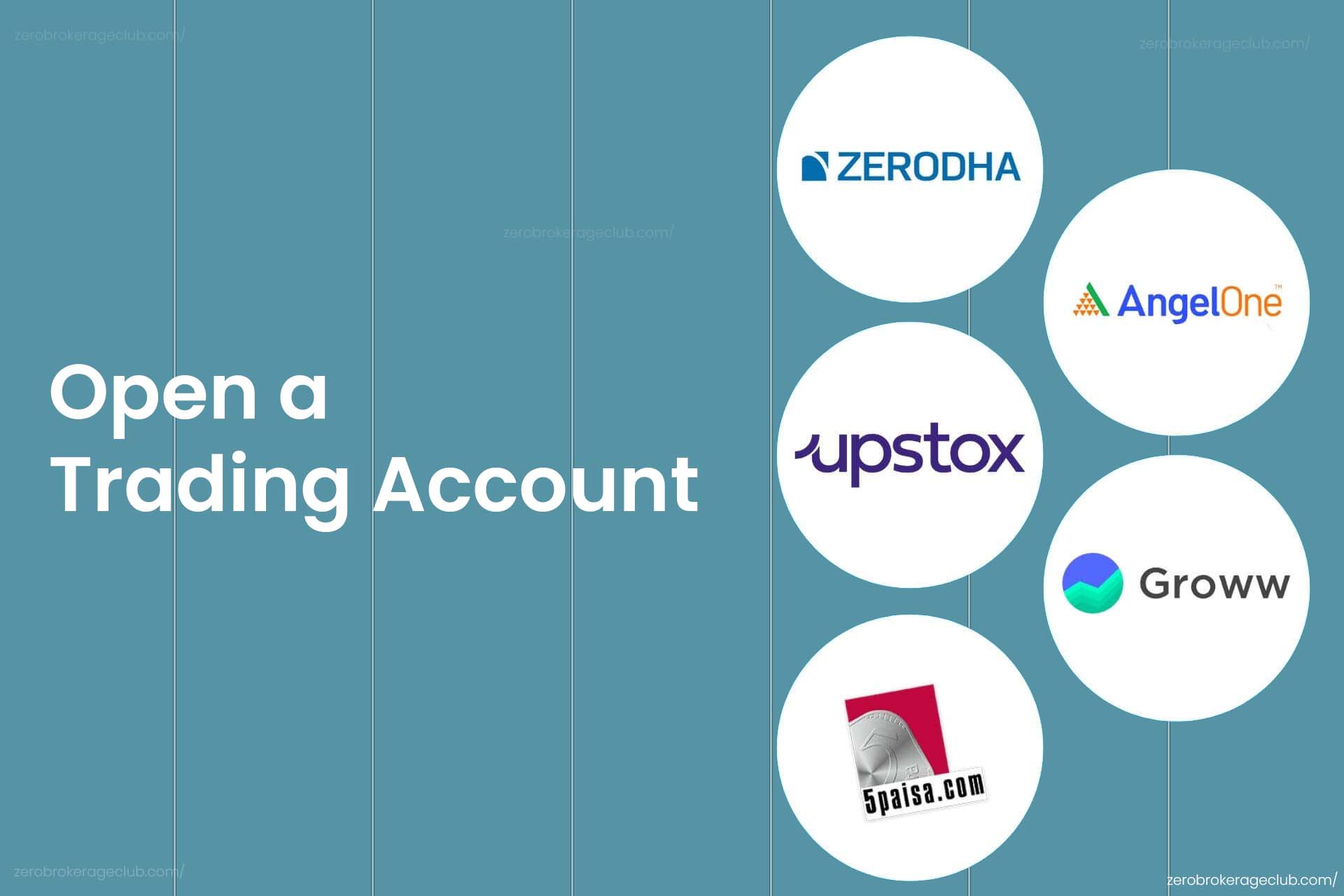1. Self-Reflection
Before proceeding to become a profitable trader, ask yourself why you want to engage in stock market trading. Without a clear purpose, pause here. Trading is often seen as a gamble, a shortcut to wealth, or even a diversion from personal issues. If any of these descriptions fit your motivation, take a step back. Treat trading as a profession, not a hobby, and don’t expect instant riches.
2. Read, Learn, Repeat

Your success in trading hinges on your market knowledge, which is acquired gradually. Start learning from the basics, and avoid considering yourself an expert prematurely. Begin with an insightful article that explains trading:
Trading for Dummies – A Simple Analogy
Delve into both fundamental and technical analyses; we recommend a blend, with more emphasis on technical analysis and charts. Absorb knowledge from books and expert videos; keep learning. Leverage social media to connect with fellow traders globally. Beware of websites promising quick wealth and tipsters. Start with equities before venturing into futures and options.
3. Evaluate Your Knowledge
Regularly assess your knowledge. Practice paper trading before investing real money. Join or create a trading group to share knowledge, engage in debates and discussions, and participate in trading forums to exchange ideas and experiences. Consider pursuing recognized certifications specific to stock markets. Learn about the NCFM certification from the National Stock Exchange of India:
Beginner’s Guide to NCFM Financial Markets
4. Open a Trading Account

While opening a trading account is often the first step, we advise completing the previous three steps first. Once you’ve prepared, look for a broker to open your trading account. Opt for a discount broker over full-service brokers, as they offer significantly lower brokerage fees. Brokerage is usually fixed and not a percentage of your investment. For example, RKSV and Zerodha are popular discount brokers in India, charging as little as Rs. 20 per order. Lower brokerage fees can enhance your trading profits.
5. Discover Your Trading Style

Every trader has a unique risk tolerance that determines their chosen trading style. You can be a long-term, swing, or intraday trader; none of these styles are inherently bad if they are profitable. However, we recommend avoiding high-margin intraday trading initially. Begin with swing or positional trading and invest in highly liquid, low-volatility stocks.
6. Develop a Trading Strategy
Base every trade on predefined entry and exit rules. These rules constitute your trading strategy or system. Avoid trading based on gut feelings or fundamental news. Execute buy/sell orders only when your trading system signals you to do so. Designing a trading system is a complex process that involves an in-depth analysis of various technical factors. Several tools, such as Amibroker, Metastock, and Ninja Trader, are available for designing and backtesting trading systems. Some cost-effective Indian alternatives are also worth exploring.
Trading Softwares in India: Alternatives to Amibroker
ZeroBrokerageClub offers profitable Amibroker and Excel trading systems. Find them here:
7. Exercise Patience and Let Your Wealth Grow
This is one of the final but crucial steps. Many traders quit within the first six months after depleting their capital due to impatience and a lack of discipline in following their trading system. Patience is the key to successful trading. Understand that your trading system won’t be perfect all the time. Even the best trading systems used by hedge funds are profitable only about 40% of the time. However, they maintain a good risk-reward ratio.
Risk Reward Ratio: An Ultimate Tool for Success in the Stock Market
Additionally, let your wealth grow over time. Compound interest is a powerful force. Cut losses short and allow profits to accumulate. Reinvest a portion of your returns back into your trading system. Even if you encounter initial failures, keep repeating these steps. Remember in trading, ‘Never Give Up.’





4 Comments